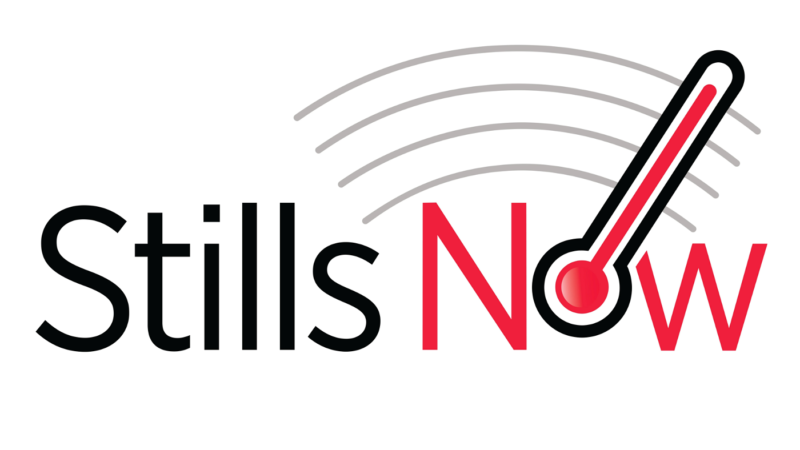For patients with the auto-inflammatory disease VEXAS, treatment decisions are unfortunately fraught with tradeoffs between effectiveness and risk of adverse effects, a French registry study showed.
Among 110 patients in the FRENVEX registry, tumor necrosis factor (TNF) inhibitors were the least effective, with an overall response rate of 15% at 6 months, according to Jerome Hadjadj, MD, PhD, of Saint-Antoine Hospital in Paris, and colleagues.
Janus-associated kinase (JAK) inhibitors were most effective, with an overall response rate of 30% after 6 months, followed by inhibitors of interleukin-6 (IL-6) at 26%. But a parallel study by the same group, reported last December, found that JAK inhibitors came with the highest risk for serious infections — nearly four times greater than for other “targeted” therapies.
And those response rates altogether also demonstrated that most patients, unfortunately, must expect that their initial therapy probably won’t work, until better ones come along.
VEXAS, first reported in 2020, is an acronym delineating the syndrome’s key features: vacuoles, E1-ubiquitin-activating enzyme, X-linked, autoinflammatory, and somatic. Clinical presentations vary — chronic fever, skin lesions, joint pain and chondritis, and venous thrombosis are most common — but the common denominator is mutations in the UBA1 gene. A recent studyput the prevalence at about one in 14,000, although that paper also noted that it’s closer to one in 4,000 for men older than 50. (The UBA1 gene is located on the X chromosome but, paradoxically, the clinical syndrome manifests primarily in men.)
French authorities set up the FRENVEX registry almost immediately upon deciding in 2020 that VEXAS was a well-defined, unique syndrome. Through August 2023, 110 patients had been identified with enough follow-up to provide useful data; they had received a total of 194 targeted therapy attempts.
Responses were categorized as complete (clinical remission plus normalized C-reactive protein [CRP] levels and reduction in steroid dosing to 10 mg/day or less in prednisone equivalents) or partial (clinical remission plus 50% or greater decrease from baseline in CRP and steroid dose).
JAK inhibitors were tried by 78 patients, IL-6 inhibitors by 51, IL-1 inhibitors by 33, TNF inhibitors by 20, and other medications by 12. Ruxolitinib (Jakafi) accounted for 87% of JAK inhibitor starts; tocilizumab (Actemra) was the most common IL-6 blocker.
Many patients had clinical remission without meeting the CRP and steroid targets. Nearly half of patients given JAK inhibitors achieved clinical remission at 6 months, and another 32% showed partial clinical responses. But CRP levels remained above the 10 mg/L threshold in 49%. Some 16% could not reduce their steroid doses to less than 10 mg/day. Thus, only 24% of JAK inhibitor starts resulted in complete responses according to the researchers’ strict definition, and just 6% had partial responses.
Other study highlights included:
- Mean patient age was 74, suggesting that VEXAS is age-related
- All but one of the 110 were men
- Median CRP level at baseline was 60 mg/L (interquartile range 30-130)
- Half of patients starting TNF or IL-1 inhibitors had quit before 6 months
With regard to the latter finding, attrition was lowest with JAK inhibitors — more than 60% of patients starting them and with sufficient follow-up were still on them after 18 months. IL-6 inhibitors were discontinued in half of patients by month 8.
Cytopenia and infections were seen in about one-quarter of all patients using JAK or IL-6 inhibitors. Four patients on JAK inhibitors and three on anti-IL-6 drugs died while taking them. Hadjadj and colleagues urged that clinicians consider patients’ individual vulnerabilities and the types of adverse effects most common with these agents when deciding on treatment.
Meanwhile, it remains unclear whether TNF inhibitors or anti-IL-1 agents have any role in VEXAS, given the largely absent responses seen in the current analysis. “[Our] study confirms the benefit of JAK [inhibitors] and IL-6 inhibitors, whereas the other targeted therapies appear to be less effective,” Hadjadj and colleagues concluded. “These results need to be confirmed in prospective therapeutic trials.”
The researchers also suggested that other approaches may hold promise. “Another therapeutic strategy in VEXAS syndrome could be to target the hematological UBA1 clone by using hypomethylating agents and early hematopoietic stem cell transplantation,” the investigators wrote.
In particular, they cited two previous studies that found response rates in the 50-75% range with the chemotherapy drug 5-azacitidine (Vidaza). Meanwhile, earlier this year, a multinational group in Europe reported on stem cell transplant in 19 patients. Over 2 years of follow-up, this treatment seemed to be a cure for VEXAS — but only for those surviving the procedure. Transplant-related mortality was a sobering 26%.
Source Reference: Hadjadj J, et al “Efficacy and safety of targeted therapies in VEXAS syndrome: retrospective study from the FRENVEX” Ann Rheum Dis 2024; DOI: 10.1136/ard-2024-225640.
Related Content
-
November 23, 2023
-
January 1, 1970
We have known about the VEXAS (vacuoles, E1 enzyme, X-linked, autoinflammatory, somatic) syndrome…
-
May 14, 2022
Vexed about VEXAS: Dr. Janet Pope https://youtu.be/hfm54-5IZLQ Diagnosing VEXAS Syndrome https://youtu.be/KOec2hXUBeU …
-
January 1, 1970
We have known about the VEXAS (vacuoles, E1 enzyme, X-linked, autoinflammatory, somatic) syndrome…
-
January 1, 1970
Vacuoles, E1 enzyme, X-linked, autoinflammatory, somatic syndrome (VEXAS) took the centre stage when…
-
November 24, 2021






